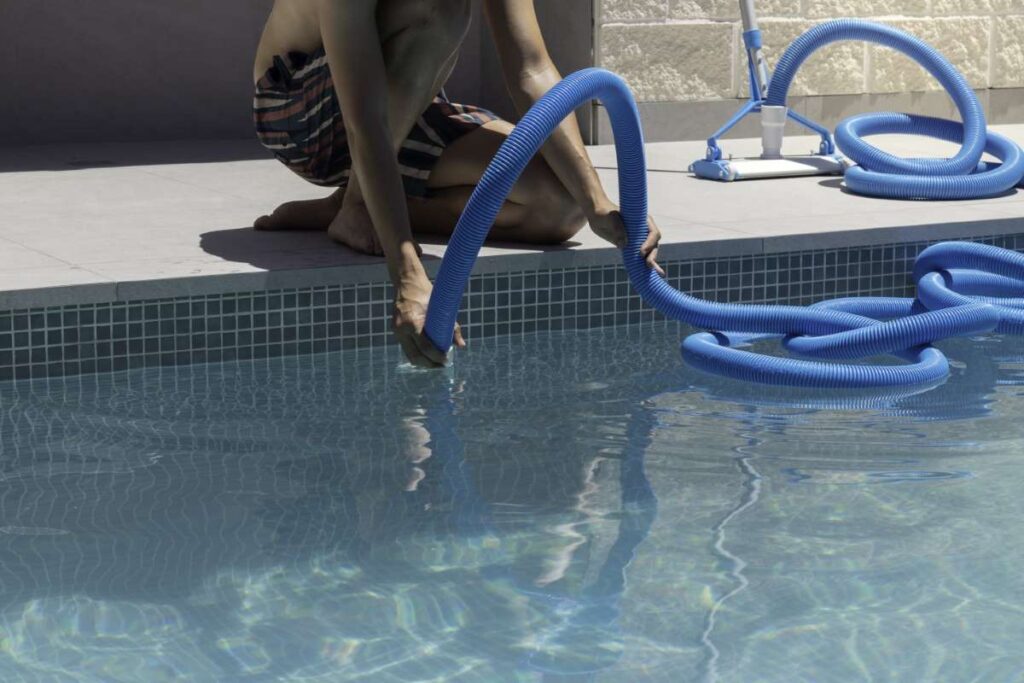Follow Up Strategies for Better Client Relationships
Building and maintaining strong client relationships is crucial for any business, especially in service-oriented industries. Effective follow-up strategies not only demonstrate your commitment to your clients but also pave the way for increased satisfaction and loyalty. This blog post delves into various follow-up techniques that can transform client interactions, foster trust, and ultimately drive growth in your business. We’ll explore practical tips, examples, and insights to help you enhance your follow-up processes and solidify your client relationships.
In today’s competitive landscape, simply providing excellent service is not enough. Follow-up strategies can significantly impact client retention and referral rates. Research shows that consistent follow-up can increase the likelihood of repeat business, making it a vital component of your overall client engagement strategy. This article will cover several key aspects of effective follow-up, including timing, personalization, and utilizing technology to streamline the process.
The Importance of Timely Follow-Ups
One of the most crucial aspects of follow-up is timing. Following up too soon can come off as pushy, while waiting too long may result in the client losing interest or feeling undervalued. Studies indicate that the optimal follow-up window varies depending on the type of service provided, but generally, it is best to reach out within 24 to 48 hours after the initial interaction.
For instance, if you have just completed a service for a client, consider sending a follow-up email or message within a day. This not only shows that you care about their satisfaction but also allows you to address any immediate concerns they may have. An example of an effective follow-up message could be: “Hi [Client Name], thank you for choosing us for your pool service! Please let us know if you have any questions or feedback about the service provided.”
Moreover, utilizing follow-up reminders in your service company software can help automate this process. This ensures you never miss an opportunity to connect with your clients at the right time. By adopting this proactive approach, you position yourself as a reliable partner in their service needs.
Personalization is Key
When following up with clients, personalization plays a vital role in their overall experience with your business. Clients appreciate when you remember their unique preferences and past interactions, as it demonstrates your commitment to their satisfaction. Incorporating personalized elements into your follow-up can significantly enhance their perception of your brand.
For example, instead of sending a generic follow-up message, consider including specific details from the client’s previous service. You might say, “Hi [Client Name], I hope you’re enjoying your newly cleaned pool! If you have any questions or need assistance with your pool maintenance, feel free to reach out.” This approach not only shows that you care but also reinforces the personal connection between your brand and the client.
Tools like CRM systems and client management features in pool service apps can help you track client interactions and preferences. By leveraging these tools, you can create a more tailored follow-up experience that resonates with each client.
Utilizing Technology for Effective Follow-Up
In the modern business landscape, technology plays an essential role in enhancing client follow-up strategies. Utilizing software specifically designed for service companies can streamline your follow-up processes and improve efficiency. For instance, EZ Pool Biller offers automated billing and client management features that allow you to focus on building relationships rather than getting bogged down in administrative tasks.
Automated follow-up emails can be scheduled to go out after a service is completed, ensuring you maintain communication without overwhelming your staff. Such tools can also help you segment clients based on their service history, enabling you to tailor your messaging effectively. This means that your clients can receive relevant information based on their needs, which drives engagement and satisfaction.
Additionally, advanced analytics can provide insights into client behavior and preferences. By analyzing these patterns, you can further refine your follow-up strategies to ensure they resonate with your target audience. This not only enhances the client experience but can also lead to increased referrals and repeat business.
Best Practices for Follow-Up Communication
Effective follow-up communication is an art that can be perfected with practice. There are several best practices that can guide your approach to ensure optimal client engagement. Firstly, maintain a friendly yet professional tone in your communications. This balance helps to create a welcoming environment for clients while still reinforcing your expertise.
Avoid overly salesy language, as this can turn clients off. Instead, focus on genuinely addressing their needs and concerns. When sending follow-up messages, consider including helpful tips or resources related to the services you’ve provided, such as maintenance tips for their pools. This positions your brand as a valuable resource and keeps clients engaged.
Another vital best practice is to ensure your follow-up is concise and clear. Clients are often busy, and lengthy messages may lose their interest. Aim for a straightforward approach while still ensuring all essential information is conveyed. For example, a succinct follow-up could read: “Hi [Client Name], just wanted to check in on your pool service last week. Let us know if everything is working well or if you have any issues!”
Incorporating Feedback into Your Follow-Up Process
Feedback is a powerful tool for improving both your services and your follow-up strategies. Make it a point to request client feedback during your follow-up communications. This not only demonstrates your commitment to continuous improvement but also provides valuable insights into client perceptions and experiences.
Consider implementing simple feedback forms or surveys that allow clients to share their thoughts easily. After gathering feedback, take the time to analyze it and identify areas for improvement. You can then inform clients of the changes you’ve made based on their input, which shows that you value their opinions and are dedicated to enhancing their experience.
For instance, you might follow up with a message like: “Thank you for your feedback regarding our recent service! We’ve made some adjustments based on your suggestions, and we hope to exceed your expectations in the future.” This type of engagement not only fosters loyalty but also encourages clients to continue sharing their insights.
Creating a Follow-Up Schedule
Establishing a consistent follow-up schedule is crucial for maintaining strong client relationships. A well-planned follow-up strategy ensures that your clients receive regular communication without feeling overwhelmed. Create a calendar that outlines when and how you will follow up with each client, whether it’s after a service, during seasonal checks, or for special occasions like birthdays or anniversaries.
For example, you could plan to check in with clients after every service to ensure satisfaction and provide ongoing maintenance tips. Additionally, sending seasonal reminders for pool care and maintenance can help clients feel supported and informed. By keeping your brand top-of-mind, you increase the likelihood of repeat business and positive referrals.
Using a dedicated pool service computer program, such as EZ Pool Biller, can simplify this process by allowing you to set reminders and automate follow-up messages. This integration of technology not only saves time but also ensures no client slips through the cracks.
Following Up on Referrals and Recommendations
Encouraging referrals and recommendations is an essential aspect of growing your client base. Following up with clients who refer you to new customers is not just courteous; it’s a strategic move that can reinforce loyalty and encourage further referrals. A simple thank-you message can go a long way in making clients feel appreciated and valued.
For instance, consider sending a personalized note or a small gift to clients who have referred new business to you. This proactive approach not only expresses gratitude but also encourages them to continue recommending your services. You might say, “Hi [Client Name], thank you for referring [New Client Name] to us! We appreciate your trust in our services, and we look forward to serving you both!”
By recognizing and rewarding your clients’ efforts, you create a positive cycle of referrals that benefits your business. This also helps solidify the relationship between you and your clients, ensuring they feel valued and supported.
Conclusion
In today’s service-oriented market, effective follow-up strategies are essential for fostering strong client relationships. By prioritizing timely communication, personalization, and leveraging technology, you can enhance client satisfaction and loyalty. Furthermore, incorporating feedback and creating a structured follow-up schedule will help you maintain consistent engagement.
As you implement these follow-up strategies, remember that the goal is to build meaningful connections with your clients. By doing so, you’ll not only cultivate long-term relationships but also drive growth and success in your business. Start enhancing your client follow-up processes today, and witness the positive impact on your client relationships!




